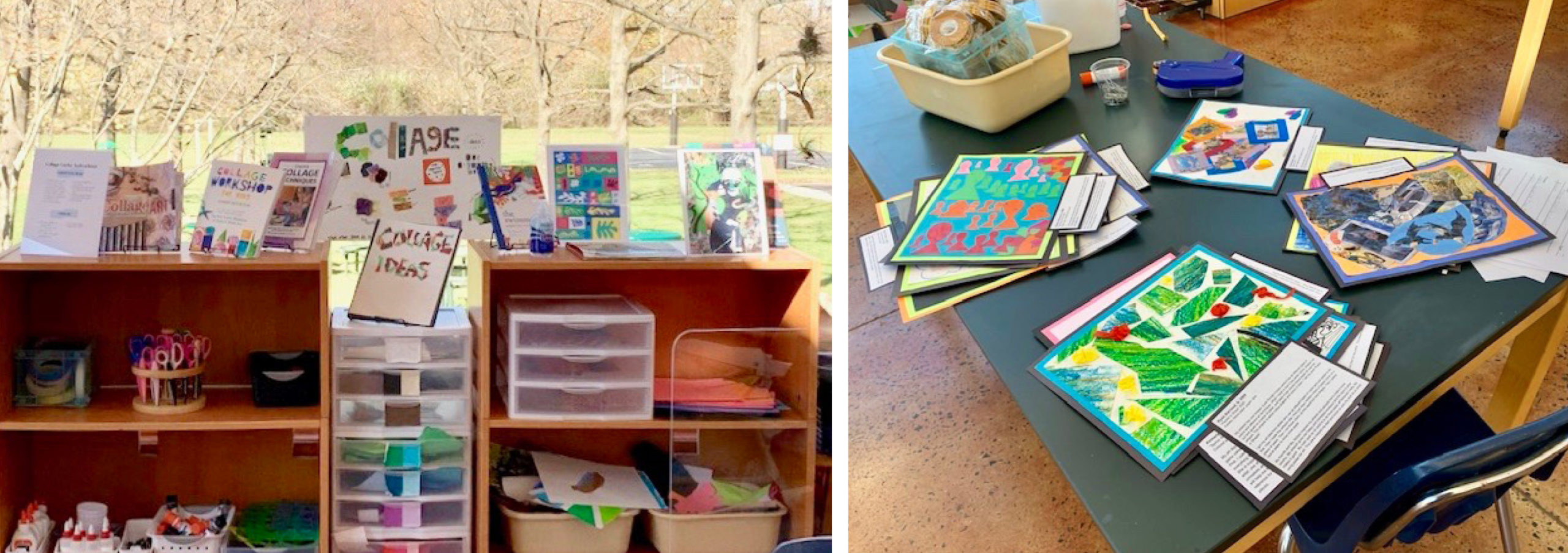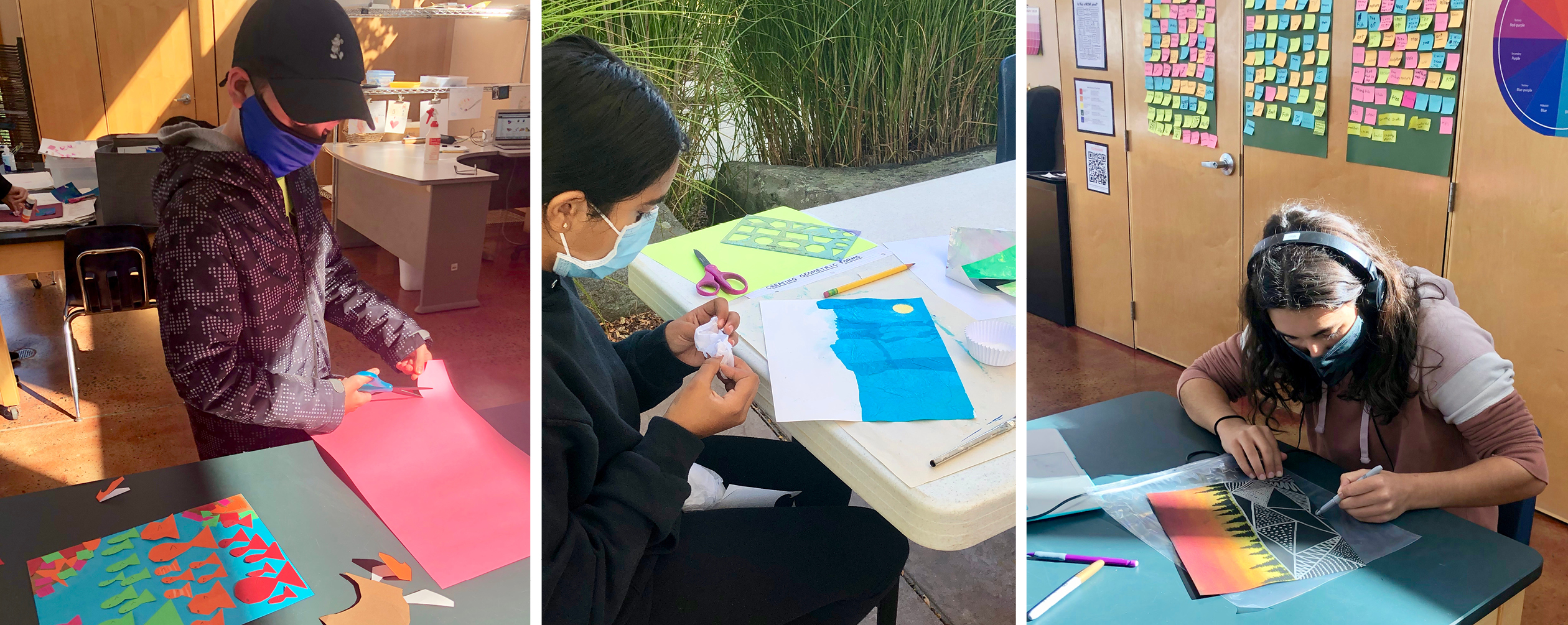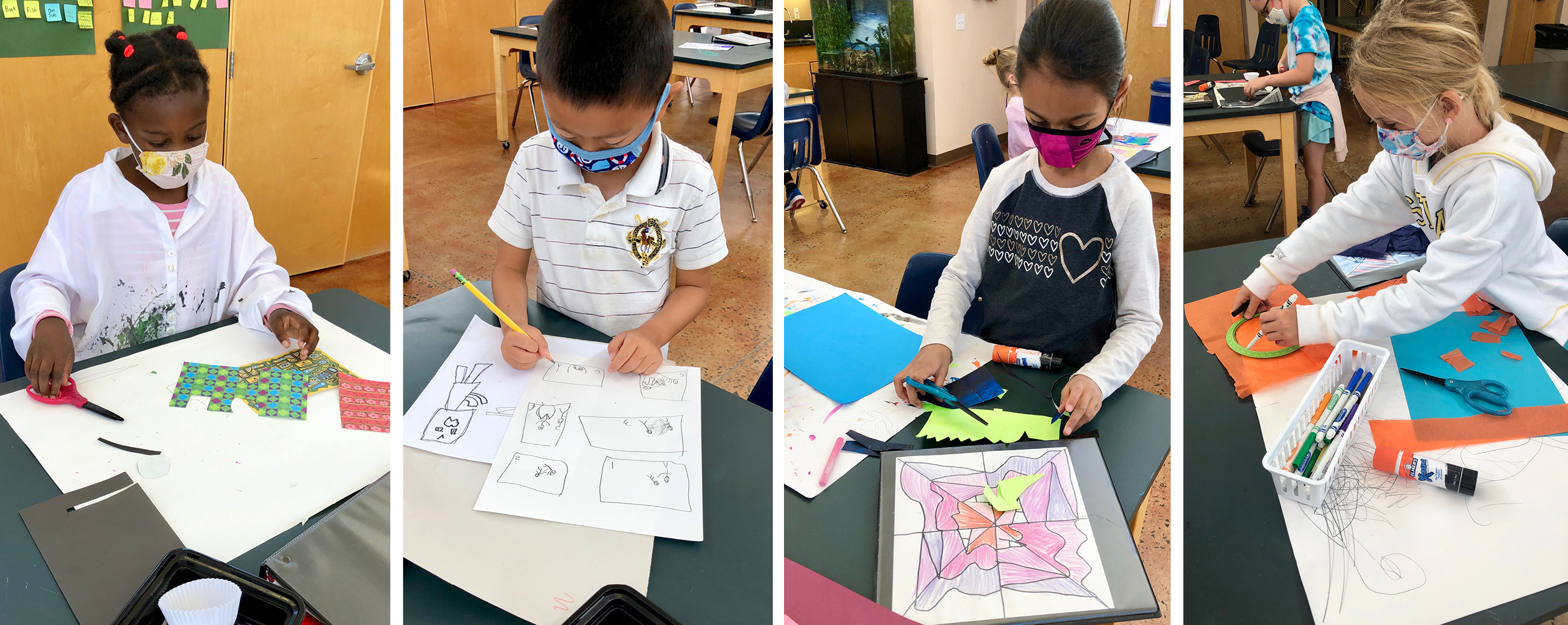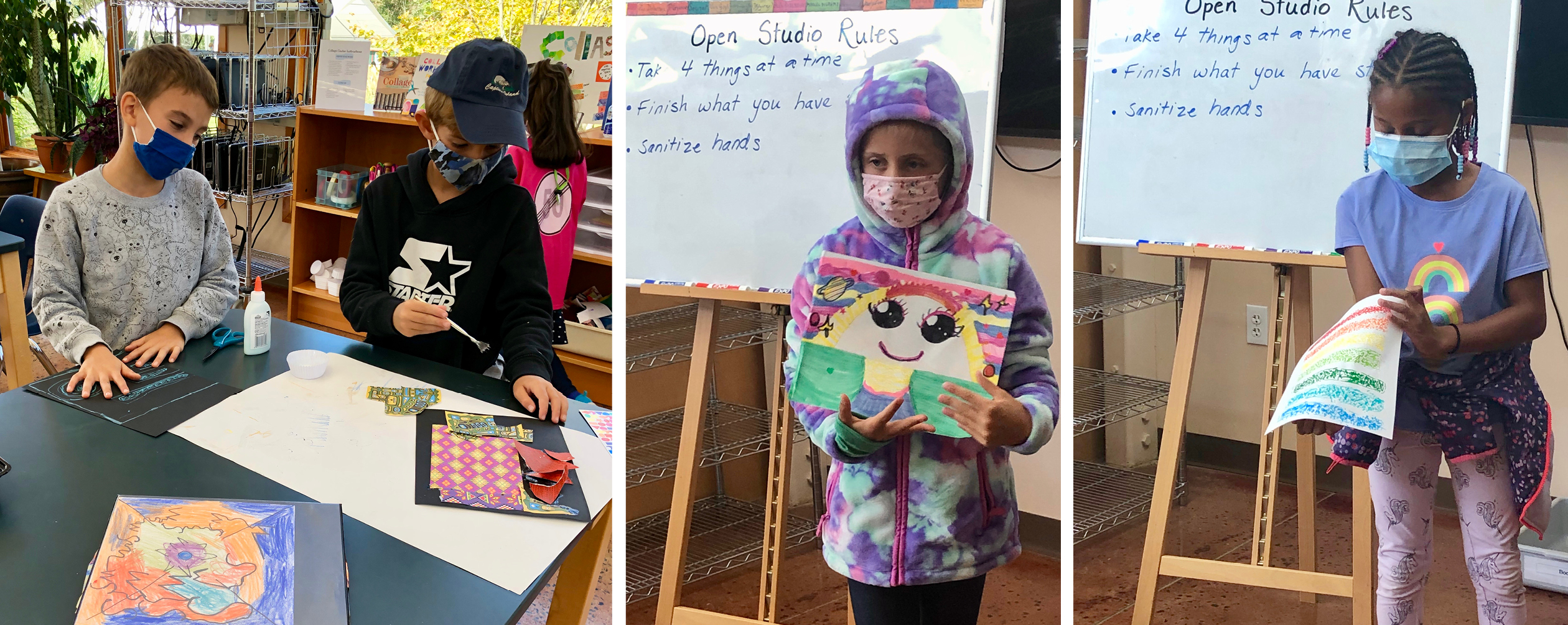ART Update from Ms. Stolzer
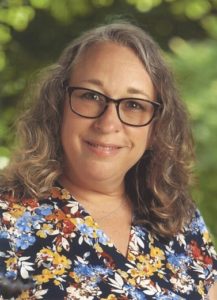
Dear PMONTS Community,
This year marks the completion of a new direction started for the art program three years ago. When I took on the mantle of art teacher three years ago, I stepped into a vibrant program that had been established by my very talented predecessor, Carole Golcher. I particularly admired the focus on the fine arts that Carole integrated into the art program. The students were learning about important artists in the canon, the established timeline of artists who are sometimes considered the old masters or great artists. The children were learning to use high-quality materials and a variety of art techniques. They were producing high-quality work and it was a pleasure to walk through the school hallways and see their art on display.
For my first year as Art teacher, I followed Carole’s example of deciding on a yearly theme and structuring the art projects around it. In that year, our theme was “Art Across the Curriculum,” and we did a variety of projects that connected with math, science, music, language arts, and movement. I also took that year to observe the children and ask myself questions, like: “How are they learning? What is their attitude towards art? Is art reaching all the children?” I also connected to online communities of art teachers to see how art programs are structured in other schools, both public and private. One observation I made about the children was that perfectionism was a barrier to creativity for many. So, I knew any changes I made to the art program needed to address this. I wanted to create an art space where children felt safe to take creative risks and express themselves. Around this time, I learned about the art teaching philosophy known as Teaching for Artistic Behavior (TAB). I was first drawn to it because it is a choice-based method of learning, as opposed to teacher-directed, which seemed very much in harmony with our Montessori philosophy. I also was impressed by the emphasis on helping children develop habits of learning directly related to art. These are known as the Studio Habits of Mind (SHoM). So, I embarked on a year of learning, attending webinars, and being mentored by experienced TAB teachers.
This year, I launched the TAB art program at Princeton Montessori School. In the TAB art classroom, children can choose what to do and can spend as long as they like on their work. They are given some tasks to complete by a certain time so that they can stay purposeful in their work, but there is a great deal of time available for students to experiment and enjoy the process of artmaking without having to worry about deadlines. To structure the learning, you can view the curriculum map I developed. I used our school’s mission statement as a guide, looking at the keywords in the statement as value points that would serve as both a structure for learning and a throughline of meaning and purpose. This also allowed me to develop units for the Middle School program that were in concert with the Montessori method, the TAB philosophy, and the International Baccalaureate structure simultaneously. Additionally, I developed a set of throughline questions to help the children grow as artists and work with intention. The wording and content of these questions directly connects to the characteristics of the children at each stage of development.
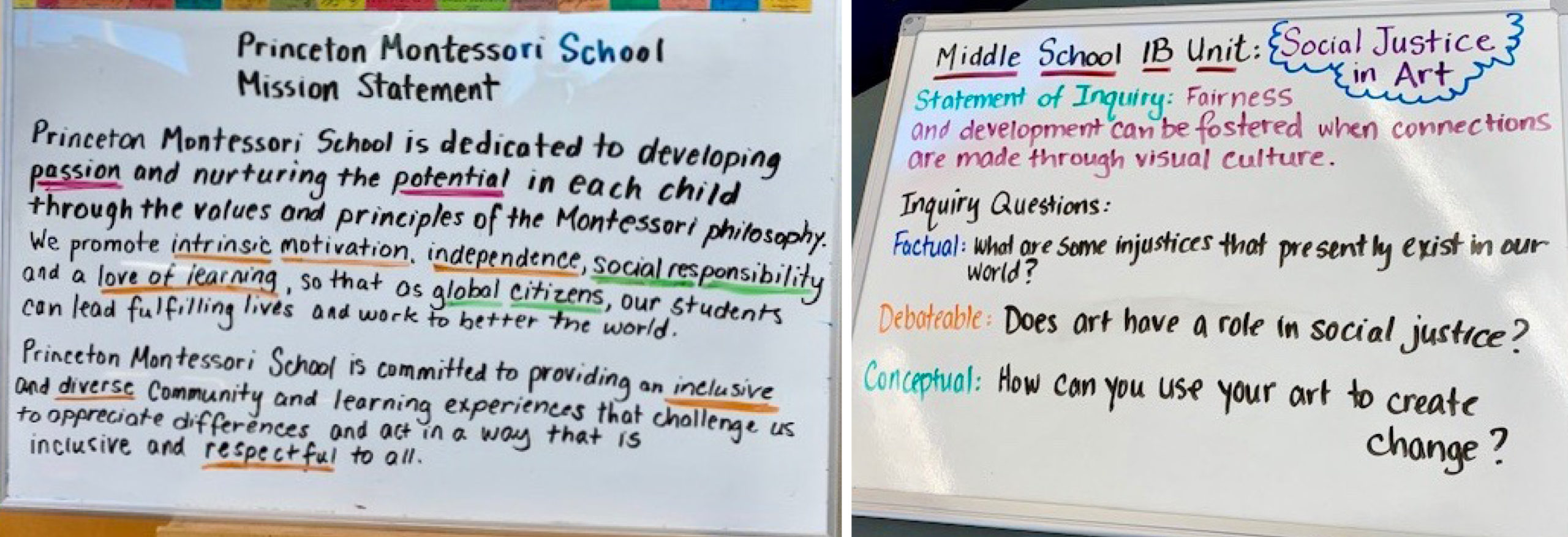
As you begin to see the completed artwork the children have created, I hope you will view it in the context of the TAB art program. Some of the work may look less “polished” than it has in the past. This is because the children are the ones who decide the content of their work and when it is complete. Children are encouraged to experiment and play with materials without focusing on a particular outcome, and this allows them to find their own preferences and passions in art. Since the inception of the program, I’ve observed the children working in a deeply engaged way. So many children come to class excited and ready to create, and their first question is usually, “When is open studio time?” It is a pleasure to watch the process.
